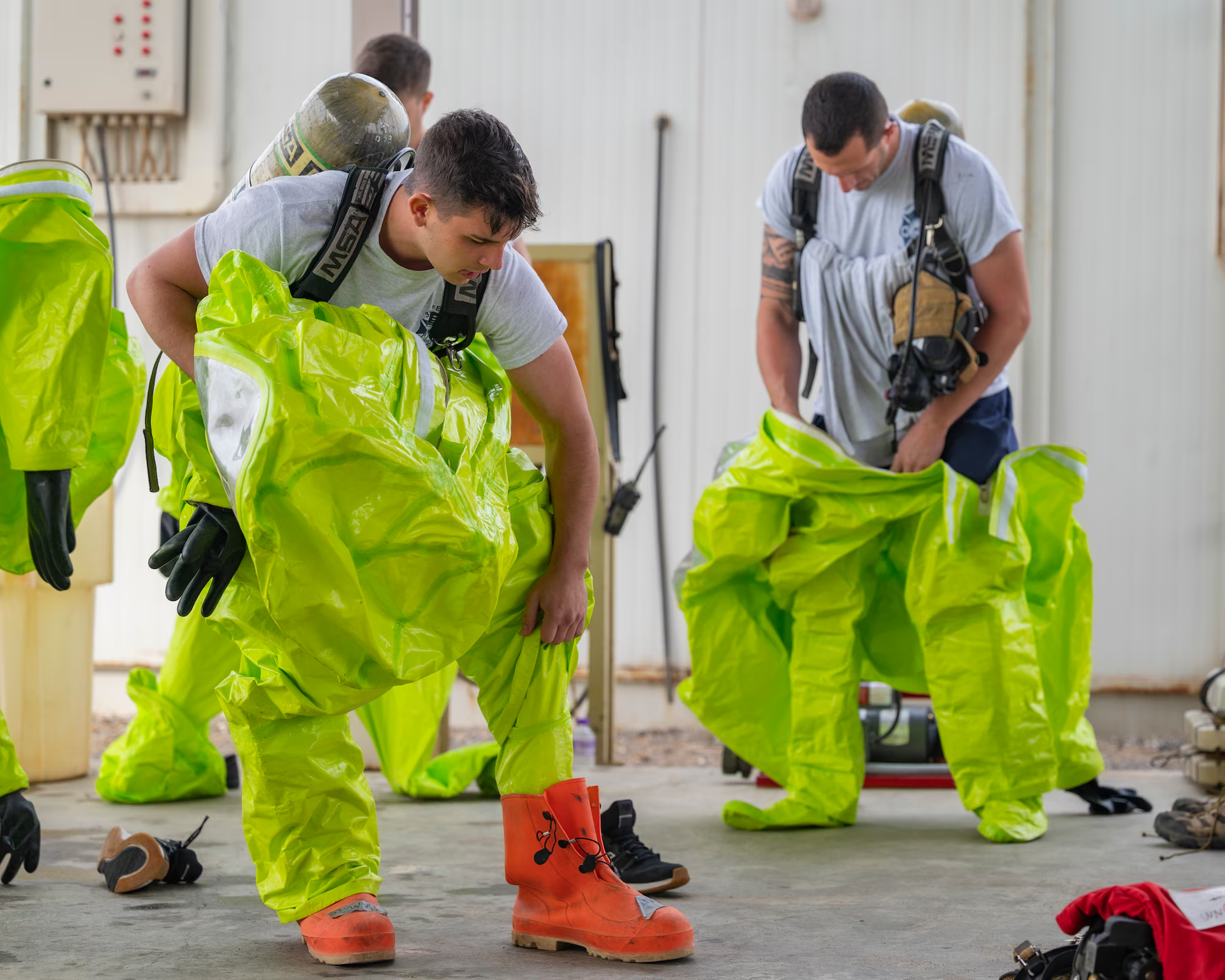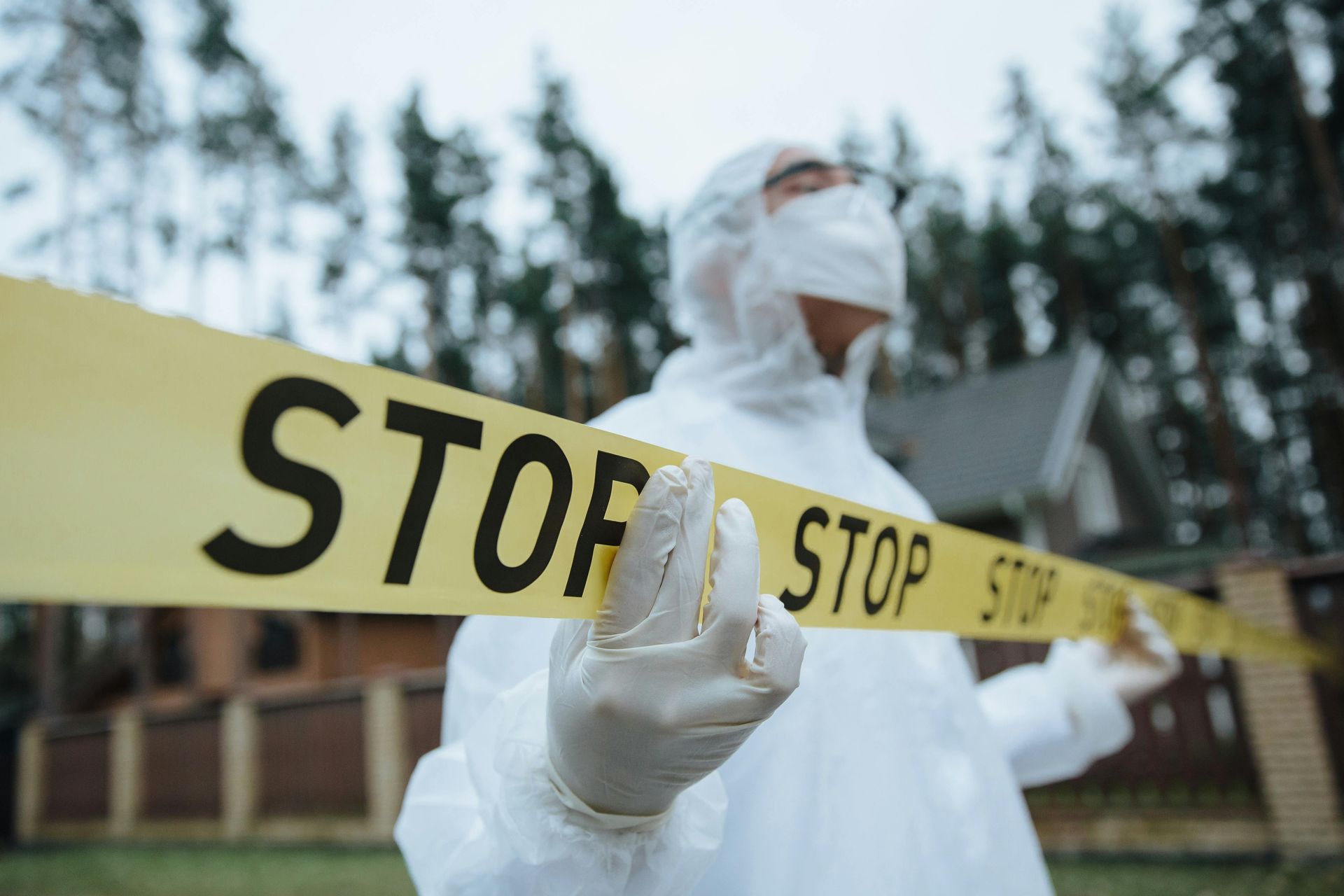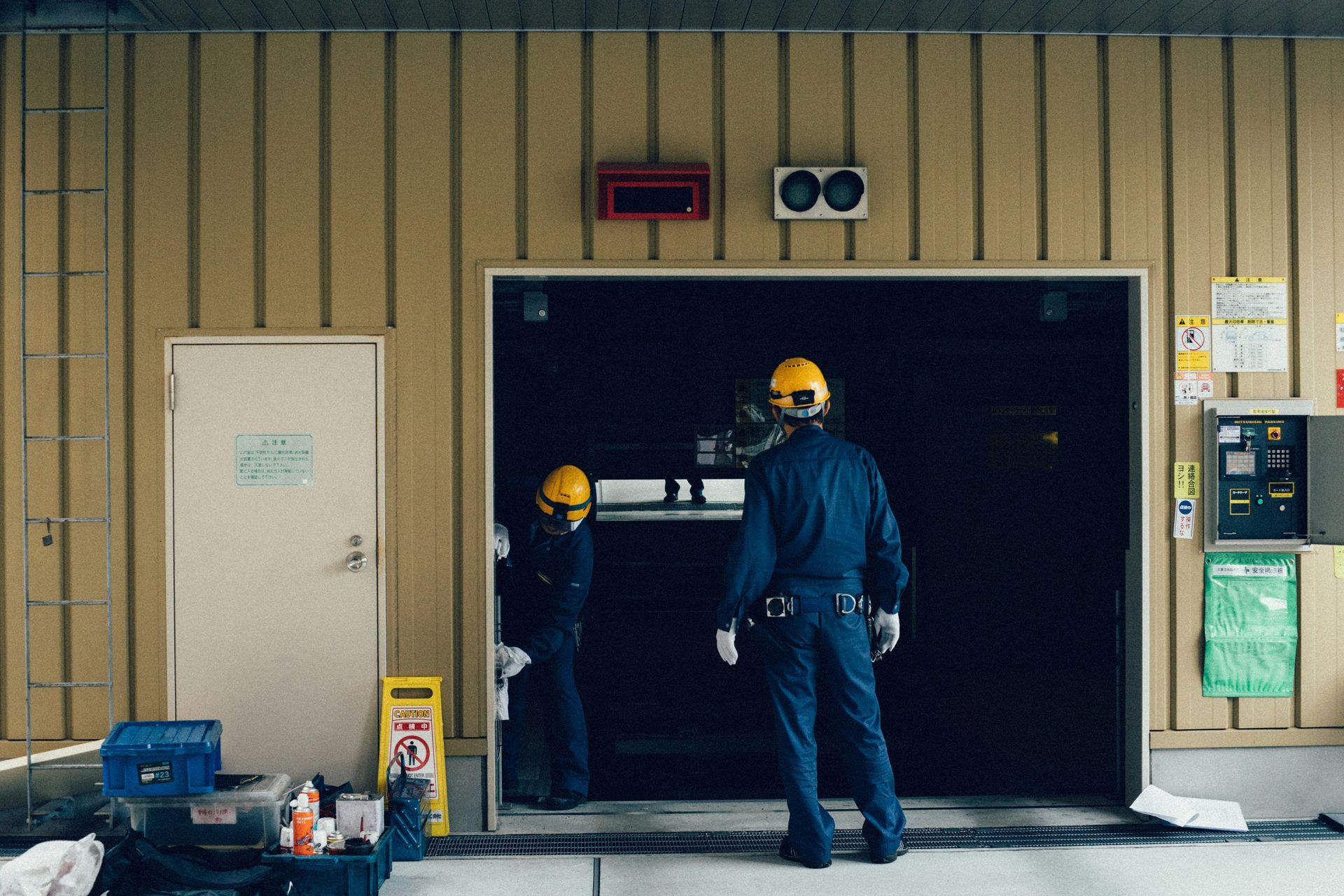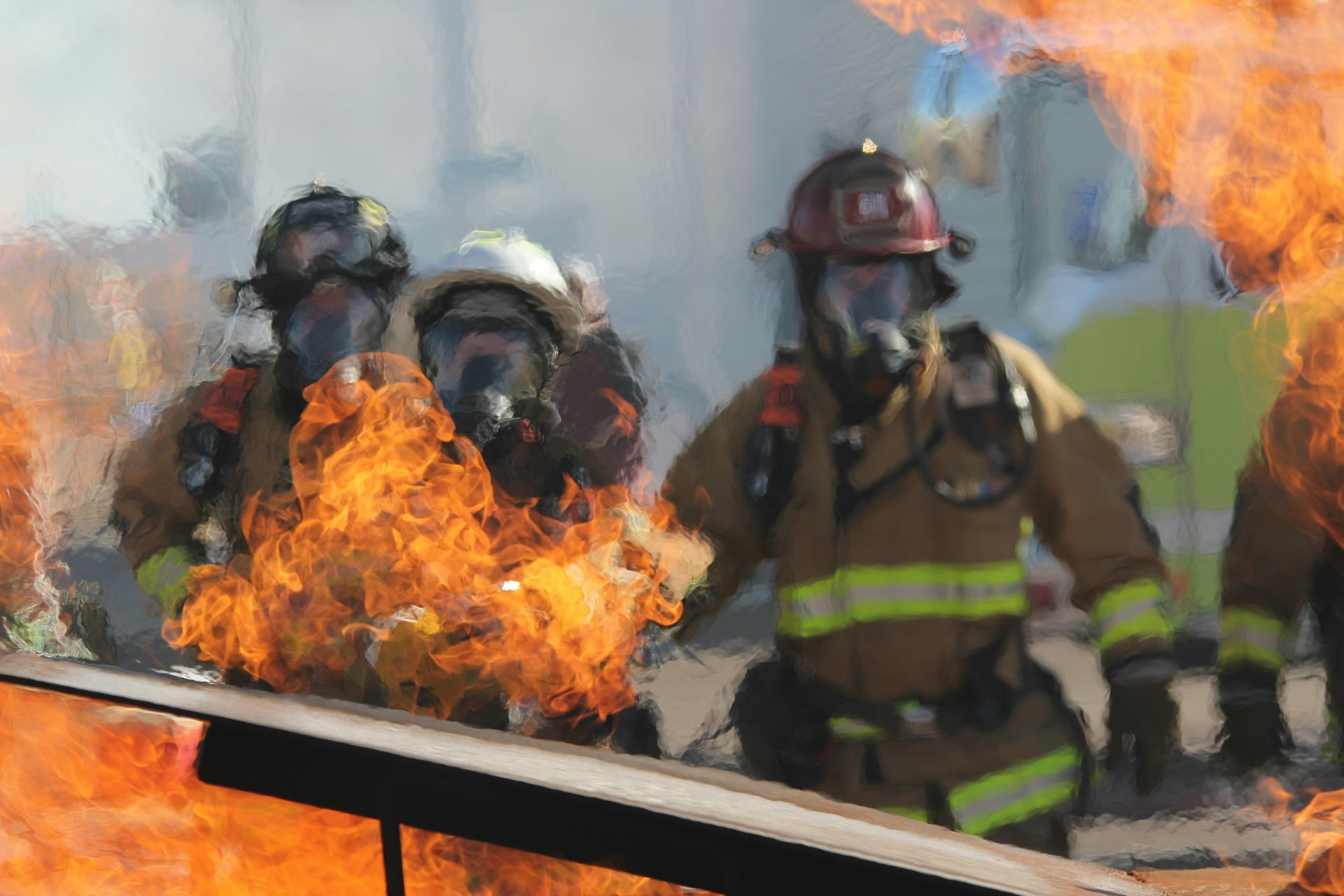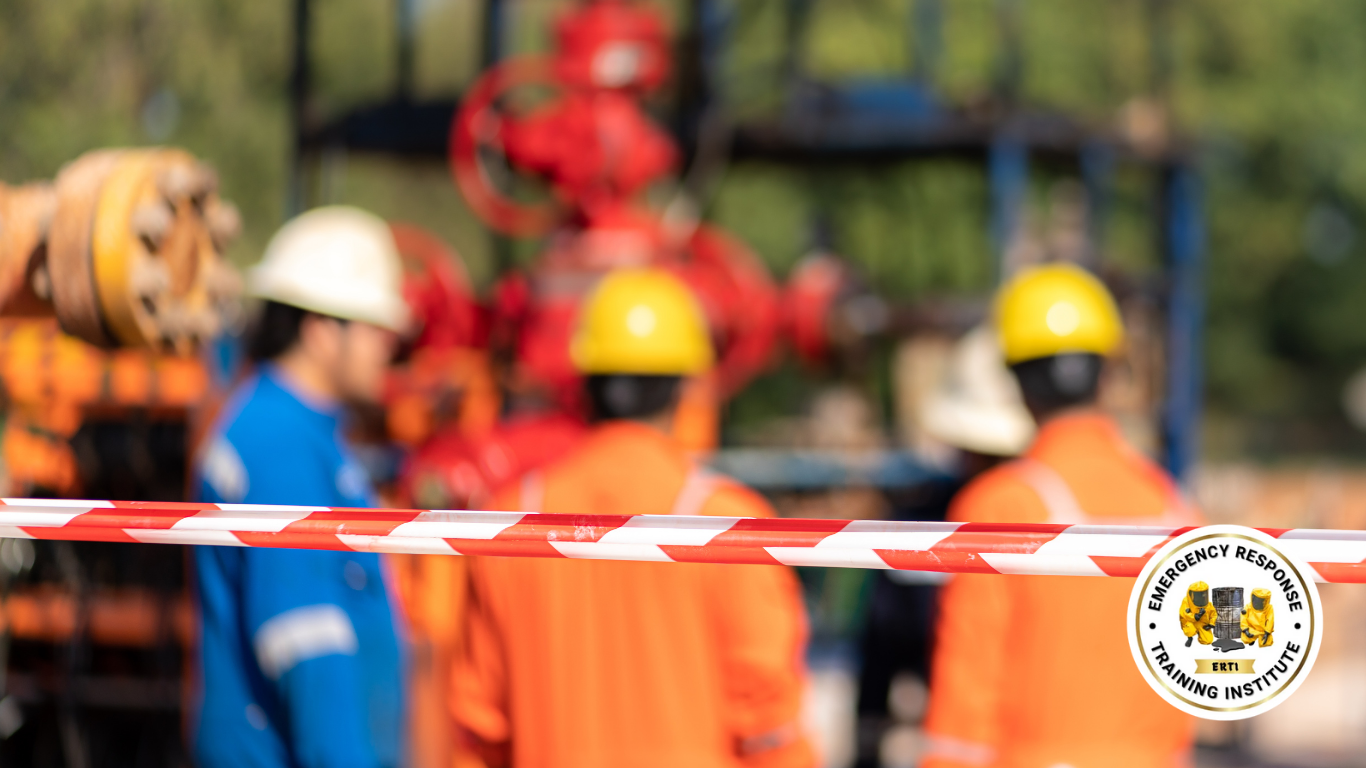One of the critical aspects of managing a hazmat incident is securing the area to prevent further damage or exposure to the hazardous substance.

Hazmat incidents refer to hazardous material spills or accidents that require immediate attention. The impact of such accidents can be devastating, causing injuries, fatalities, and environmental damage. Businesses that deal with hazardous materials must have effective hazard management plans in place to ensure the safety of their employees, surrounding communities, and the environment. One of the critical aspects of managing a hazmat incident is securing the area to prevent further damage or exposure to the hazardous substance. In this blog, we will discuss the six essential elements of securing the area of a hazmat incident.
1. Early warning system
Early detection is crucial in managing a hazmat incident. Businesses must have an early warning system that alerts employees immediately when an incident occurs. The system should include alarms, sirens, and phone notifications. The early warning system should also have an emergency communication plan that outlines how employees should respond in case of an incident.
2. Safety barriers
To prevent unauthorized access to the hazardous area, businesses should have appropriate safety barriers in place. Safety barriers such as cones, tape, fences, and barricades are effective in preventing people from entering the hazardous area. They also help to guide traffic and create a safe zone around the incident.
3. Personal protective equipment (PPE)
Personal protective equipment is a crucial element in securing the area of a hazmat incident. PPE includes gear such as gloves, safety goggles, respirators, and protective suits. These items are essential in protecting employees from exposure to hazardous substances and preventing the spread of contaminated materials.
4. Decontamination procedures
Decontamination procedures are critical in ensuring that employees and the public do not get exposed to dangerous chemicals or substances. Businesses must have decontamination equipment such as showers, hoses, and cleaning agents available in case of an incident. The decontamination procedures should also be clearly outlined in the hazard management plan and communicated to all employees.
5. Emergency response personnel
Having competent and well-trained emergency response personnel is a crucial element in securing the area of a hazmat incident. These personnel should be familiar with the hazard management plan and have experience in handling hazardous materials. They should be equipped with appropriate PPE and have access to decontamination equipment. In addition, businesses should conduct regular emergency response drills to ensure that their team is ready to respond in case of an incident.
6. Communication plan
Effective communication is necessary to ensure that the public is informed about the hazmat incident and the status of the area. Businesses must have a communication plan that outlines how they will inform the public and other stakeholders in case of an incident. This plan should be part of the emergency response plan and should be regularly reviewed and updated.
Hazmat incidents can have severe consequences, and it is therefore essential for businesses to have effective hazard management plans in place. Securing the area of a hazmat incident is a critical aspect of managing the situation. Early warning systems, safety barriers, personal protective equipment, decontamination procedures, emergency response personnel, and communication plans are the six essential elements in securing the area of a hazmat incident. Businesses that incorporate these elements in their hazard management plans can effectively manage hazmat incidents, prevent injuries or fatalities, and protect the environment.



